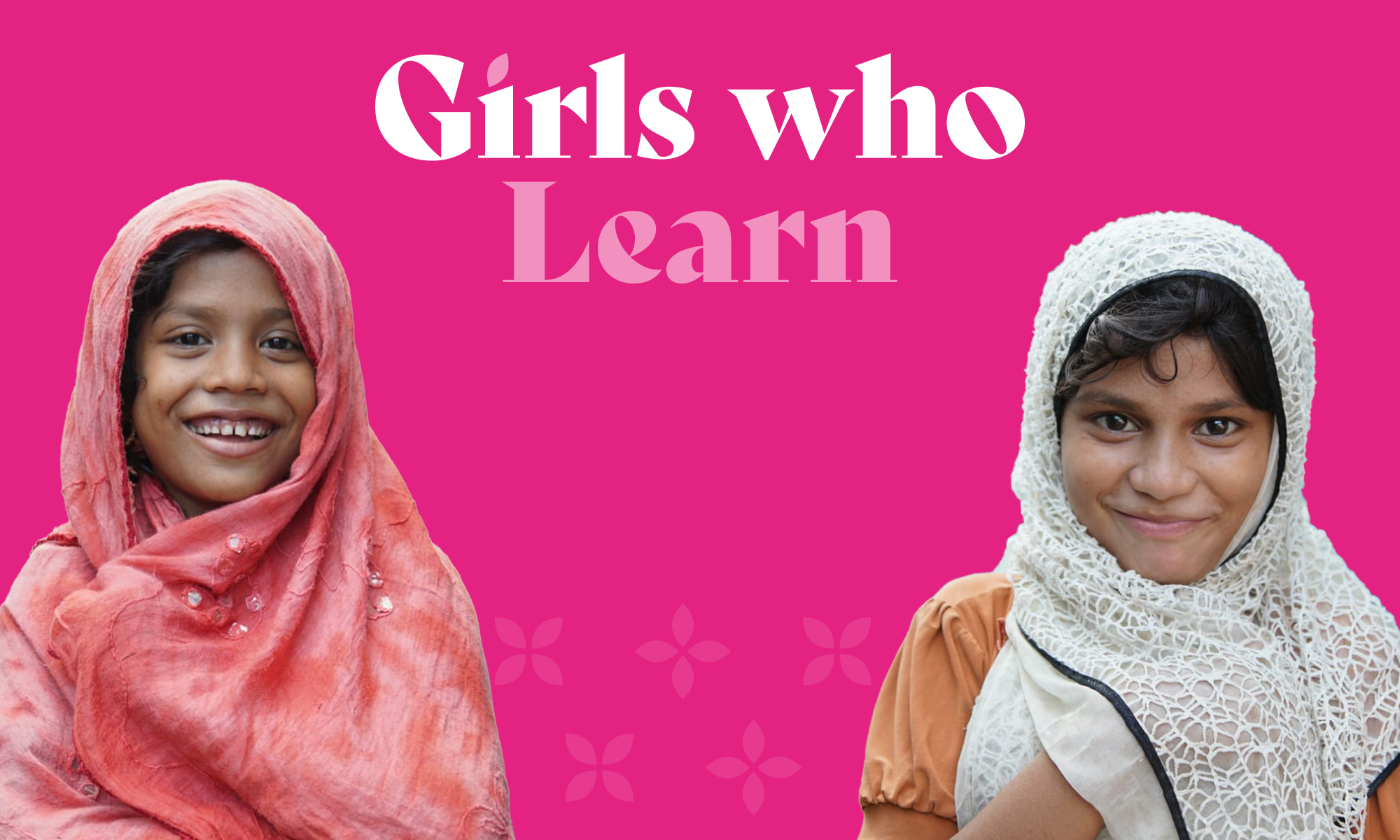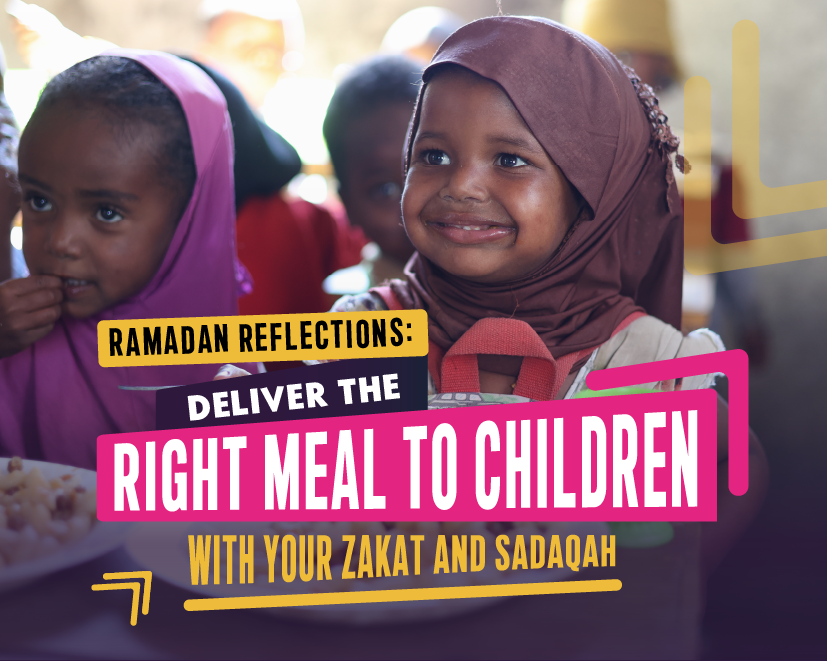Should school be for everyone?
It’s an easy answer – “yes”. But sadly, too many children aren’t able to go to school, and there are even more girls missing out on an education than boys.
The sad fact is that not everyone can go to school. Sometimes families rely on their children to work for extra income and can’t afford for them to go to school. Other times, education isn’t seen to be as secure as alternatives for a girl. With few options, families opt for whatever they can do to help.
It’s terrible that 10 million boys around the world never step foot into a classroom, but it’s even worse that 15 million girls don’t either. But what’s actually causing all this absence? It’s a complex issue, one that’s often misunderstood.
Why Are Girls Missing Out on Education?
Work
With little money to go around, parents often rely on their children when it comes to work – only not schoolwork. Because of gender stereotypes and a misunderstanding in the community, parents might depend on daughters to take care of younger siblings or do the housework in some cases. In Pakistan, girls are often domestic labourers or work in home-based industries, sewing, embroidering, beading or assembling items.
Some might even think that education is a waste of time in the short-term. Why go to school when they can go out and work? A staggering number of children are required to work in agriculture or as domestic servants from as young as five years old. In fact, in the world there are 168 million child labourers. That’s 11% of children in the world who are working, not learning.
Sanitation
Whereas the need to work applies to boys and girls, the issue of sanitation is mainly relevant to girls.
When they reach a certain age, periods can be an obstacle at the best of times, but it can be even worse for girls in developing countries whose schools have little privacy, no sanitary disposal and water shortages. As a result, some girls can’t help but miss up to five days of school a month, some even stop attending completely because of this. This is particularly obvious in countries such as Malawi where only 14% of girls complete secondary school.
Marriage
Although it can sometimes apply to boys too, marriage is much more of an impediment to girls’ education. Every year 15 million girls will get married before they turn 18 years old.
Starting married life means they need to leave school with little education and are more likely to live in poverty. Although that’s not the reason her parents approved of the marriage – as far as they’re concerned, it’s the best option for their daughter; they assume it’s a safety net with more promise and security than education.
Not that child marriages occur solely in developing countries. They happen all over the world, although are more popular in some countries than others. For example, in Pakistan, 21% of girls marry before reaching 18. But with the 12th highest child marriage prevalence in the world, 42% of girls in Malawi are married as children too.
Harassment
You can’t blame parents for thinking a married home is safer for their daughter than going to school. As shocking as it may seem, the road to school can be extremely dangerous. 246 million girls and boys are harassed or abused on their way to school, with girls particularly vulnerable. And with schools being so scarce, these are long journeys with prolonged exposure to danger. For some rural areas in Pakistan, the nearest school might be 93 miles away.
Up to 18 million children aged 15-19 are subjected to aggressive sexual violence and this can often lead to dropping out of school. Many children have to travel long distances to get to school, journeying along dangerous roads and sometimes through war and conflict zones.
What’s So Good About Education Anyway?
In countries where education is readily available, we don’t spend much time thinking about the benefits of education. But education is a “multiplier effect”; it can improve employment chances, delays marriage, makes a family more prosperous, and increases the health of both this and the next generation. The education of girls has been referred to as a “Swiss army knife” of development since it can solve so many problems at the same time.
Economy
One of the biggest advantages to educating girls as much as boys is the benefit to the economy. Schooling improves prospects and brings more opportunities for various jobs. They don’t have to rely on marriage as a safety net. These better jobs allow parents to afford to send their children to school, allowing them to have a better education too. And before you know it, the poverty cycle is broken!
Although it hasn’t led to total gender equality yet, education for girls is showing is a huge step in the right direction to smashing the glass ceiling in some countries. In Pakistan, women who have completed primary education earn 51% of what men earn, but this rises to 70% with secondary education.
A well-educated population of girls as well as boys is better for the overall country’s economy too, improving a nation’s productivity and adding up to $1 billion to the country’s economy. In heavily agricultural countries like Malawi, where 85% of the population live in rural areas, the education of female farmers can also increase their yield by up to 22%.
Better for Herself
An educated girl can advocate for herself more. She is resilient, self-aware, ready for what life might throw at her and her family. She is the hammer to the glass ceiling so many girls find themselves in all over the world.
Better for Family
With better education and more opportunities comes less of a reliance on marriage as a safety net. For example, in Pakistan every year a girl spends at school reduces her chances of becoming a child bride by 3.4%. This then often results in less children. When a family has less children, it costs much less money to feed everyone and makes the household more sustainable.
In fact, the numbers support how education reduces the number of children a woman has. For example, in Mali the average educated woman has 3 children, whereas the average uneducated woman has 7.
On top of this, education helps both maternal mortality and child mortality fall by up to one-sixth since mothers have better understanding of health.
How Can We Help?
There’s one way we can help girls receive the education they need. To keep them healthy and happy, and make school the best place for them to be, we need to keep them fed. With nutritious meals, they have a reason to come to school and get the nutrition they need to excel and maximize their chances.
We’re starting to concentrate our efforts on helping girls in particular receive education. Please consider donating to feed a girl to help her in school – she’ll thank you today, and the community will thank you forever.
Comments (1)
Please Sign In to leave a comment
-

Keerthi
Sep 20, 2022
All the points are up-to the mark , thank you for discussing it very deeply . Do visit Plan India to donate for child education which is never expecting profits and helping many children in education Do Visit: https://www.planindia.org/








